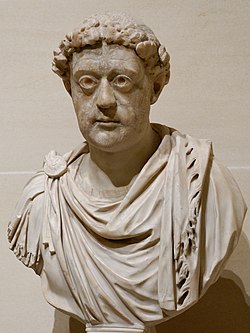| Years |
|---|
| Millennium |
| 1st millennium |
| Centuries |
| Decades |
| Years |
| 457 by topic |
|---|
| Leaders |
| Categories |
| Gregorian calendar | 457 CDLVII |
| Ab urbe condita | 1210 |
| Assyrian calendar | 5207 |
| Balinese saka calendar | 378–379 |
| Bengali calendar | −137 – −136 |
| Berber calendar | 1407 |
| Buddhist calendar | 1001 |
| Burmese calendar | −181 |
| Byzantine calendar | 5965–5966 |
| Chinese calendar | 丙申年 (Fire Monkey) 3154 or 2947 — to — 丁酉年 (Fire Rooster) 3155 or 2948 |
| Coptic calendar | 173–174 |
| Discordian calendar | 1623 |
| Ethiopian calendar | 449–450 |
| Hebrew calendar | 4217–4218 |
| Hindu calendars | |
| - Vikram Samvat | 513–514 |
| - Shaka Samvat | 378–379 |
| - Kali Yuga | 3557–3558 |
| Holocene calendar | 10457 |
| Iranian calendar | 165 BP – 164 BP |
| Islamic calendar | 170 BH – 169 BH |
| Javanese calendar | 342–343 |
| Julian calendar | 457 CDLVII |
| Korean calendar | 2790 |
| Minguo calendar | 1455 before ROC 民前1455年 |
| Nanakshahi calendar | −1011 |
| Seleucid era | 768/769 AG |
| Thai solar calendar | 999–1000 |
| Tibetan calendar | མེ་ཕོ་སྤྲེ་ལོ་ (male Fire-Monkey) 583 or 202 or −570 — to — མེ་མོ་བྱ་ལོ་ (female Fire-Bird) 584 or 203 or −569 |

Year 457 ( CDLVII ) was a common year starting on Tuesday of the Julian calendar. At the time, it was known as the Year of the Consulship of Constantinus and Rufus [1] (or, less frequently, year 1210 Ab urbe condita ). The denomination 457 for this year has been used since the early medieval period, when the Anno Domini calendar era became the prevalent method in Europe for naming years.